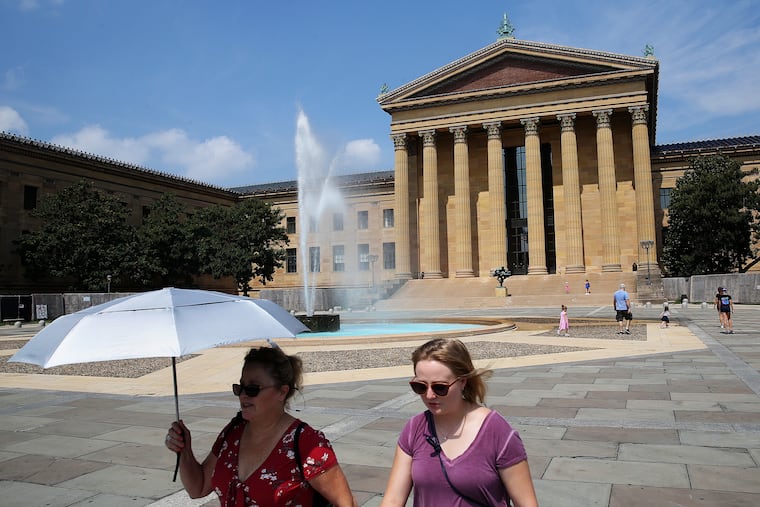$29.6 billion of Philly real estate is exempt from property taxes. Should nonprofits be asked to pay up?
Tax-exempt properties account for 17% of the city’s total real estate value, an Inquirer analysis found. Their combined tax breaks equal about $414 million annually. Unlike other cities, Philadelphia doesn't seek other payments in lieu of taxes.
